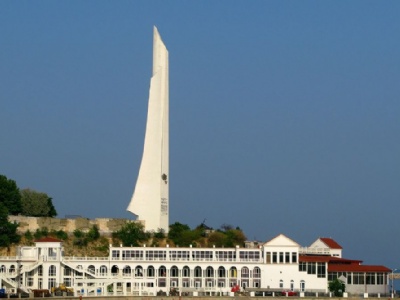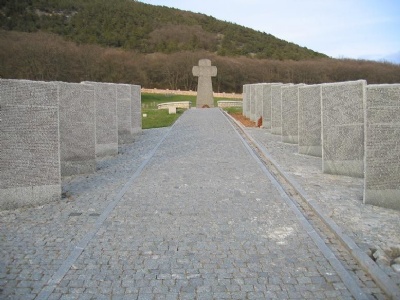Sevastopol
The battle for the Crimean peninsula began in September 1941 when Major General Erich von Manstein’s armies entered the peninsula and initially reaped great military success. But at the end of November, when German forces reached the port city of Sevastopol’s surroundings, they were stopped by Soviet forces and had to retreat for regrouping. The Red army also received reinforcements via the sea and started a strong counterattack in December 1941. An attack that germans with great difficulties managed to fight back in January 1942. After that germans initiated a siege of the city and bombed it intensively to force the Red Army to surrender. But the Red army held out until July 1942 when the last remaining Soviet troops surrendered. The victory came with a huge cost in men, materials, but above all, time. The fierce resistance of the Red army meant that Manstein’s troops were held up and could not be moved to other military operations on the eastern front. For instance, against Caucasus and Stalingrad.
After Stalingrad, the tide of war had turned over to the favor of the Red Army took. From then on it was the germans who had to defend themselves feverishly against the Red army. In early April 1944, the Red army began the reconquest of the Crimean peninsula. Hitler reluctantly agreed to regrouping german forces to Sevastopol where they set up defence positions on Sapun Hill. Hitler ordered that Sevastopol be defended to the last man and fierce fighting was fought at Sapun Hill until it was captured May 7, 1944. Hitler surprised once again and granted the request of his generals to let the remaining german troops be evacuated by sea to the Romanian mainland. On May 12, the last remnants of the German 17th army were destroyed in Sevastopol. Sevastopol was later awarded the title Hero city for its heroism and sacrifices during the war against the Nazis.
Current status: Museums/monuments (2007).
Location: 44°33'10.8"N 33°34'59.4"E
Get there: Car.
Follow up in books: Bellamy, Chris: Absolute War: Soviet Russia in the Second World War (2008).



_400x300.jpg)





In Sevastopol’s surroundings there are several Soviet war cemeteries. Several of those buried had taken part in the fighting in Crimea and therefore requested to be buried in Crimea. Normally, it was not possible to be buried in a place other than your place of residence. But exceptions were made for soldiers who wanted to be buried elsewhere, provided they fought in the war against Germany in that particular area. However, there are no German war cemeteries in the same way as in Western Europe. Any reconciliation between german and soviet soldiers is still far ahead in time. In Western Europe, on the other hand, veterans from both sides can meet without necessarily creating any hostile feelings.
The German war cemetery located on the road between Sevastopol and Yalta is financed by the Germans themselves. There is no sign on the road that shows where it is. In addition to cemeteries, there are plenty of monuments to honor the victims and heroism of the Great patriotic war (1941-1945). One is bigger and more majestic than the other and has become landmarks in Sevastopol. When I was there, I wish I had known more what there was to see in Sevastopol itself and not just Sapun Hill. Fortunately, the guide went to Sevastopol and showed me the major monuments, but back then I did not really understand to appreciate it as a central part of Soviet (and Russian) history.